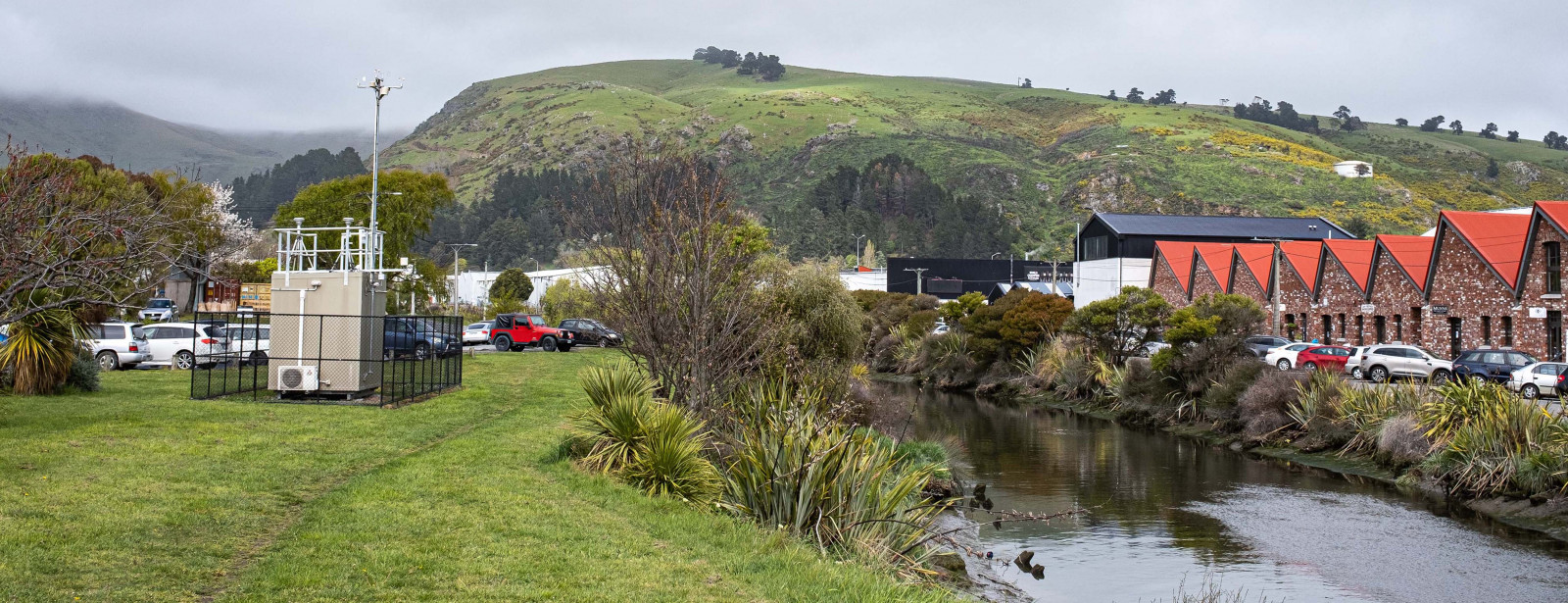Towards a better understanding of our air

This section provides an overview of developments underway to improve understanding of the impacts of air pollution on health and the environment.

Image: Isaac Bain, Ministry for the Environment
Access to clean air is essential to health and wellbeing. But in New Zealand there are times and places when the air does not meet air quality standards or guidelines.
When air quality is poor, this can affect health, lifestyles, and natural ecosystems. The elderly, young people, and those suffering from existing health conditions are especially vulnerable to poor air quality. An improved understanding of both the state of New Zealand’s air and the links to human health and environmental impacts can help decision-makers better manage these impacts.
As noted in the introduction, updated global air quality guidelines based on a new synthesis of health impacts of exposure to air pollution were published by the World Health Organization in September 2021. In most cases, guideline thresholds have been made more stringent from the previous 2005 ones, reflecting the growing evidence that air pollution can affect health even at low levels, and that for some pollutants there is likely no safe level of exposure (WHO 2021).
The analysis in this report, coupled with improved information about the health impacts of air pollution, demonstrates that, in some locations and some times of year, New Zealanders may be at risk of harm to their health from the air they breathe. This information is especially crucial for those of us that live or work near air pollution ‘hotspots’ outlined in this report.
The most significant gap in understanding air quality in New Zealand relates to its monitoring. Currently, monitoring of air pollutants is limited in its coverage over space and time. Monitoring is generally only undertaken where significant air-quality risks have already been identified. A lack of a comprehensive national monitoring network limits our understanding of air quality variations within and between regions and airsheds, populations (eg city, suburban, rural), land uses (eg residential, commercial, industrial, agricultural, natural), as well as how it might change over time.
The lack of comprehensive air-quality monitoring coverage means there is also only limited data about the state and impact of air pollutants on natural ecosystems and biodiversity in New Zealand. In addition, current monitoring is limited to outdoor air quality information, yet New Zealanders spend up to 90 percent of their time indoors.
Finally, better data are needed on key air emission sources including hazardous industry emissions, such as benzene, methyl bromide, dioxins, and heavy metals. New Zealand is the only country in the OECD (Organisation for Economic Co-operation and Development) without a pollutant release and tracking register.
Updated information on health impacts and social costs from air pollution, utilising more recent New Zealand-specific health, population, and air-quality monitoring data, is under development. This update to the Health and Air Pollution in New Zealand model considers the effect of three pollutants, including PM2.5 and nitrogen dioxide along with PM10. This work is critical to understanding the link between poor air quality and human health for New Zealanders.

Towards a better understanding of our air
December 2021
© Ministry for the Environment